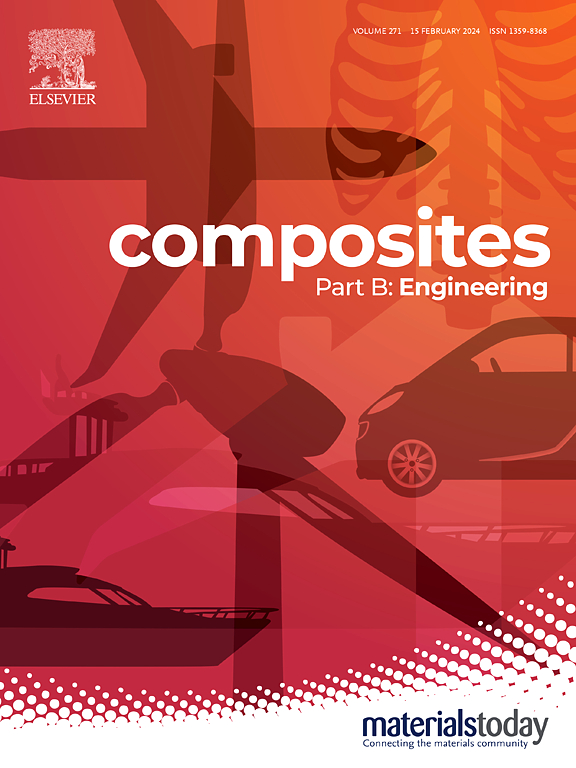Temperature-sensitive polymer composite-enabled all-printed flexible temperature sensors for safety monitoring
IF 12.7
1区 材料科学
Q1 ENGINEERING, MULTIDISCIPLINARY
引用次数: 0
Abstract
In recent years, flexible temperature sensors (FTSs) have attracted widespread attention in wearable devices, health monitoring, and electronic skin due to their inherent advantages. However, most FTSs still face significant challenges such as low sensitivity, poor linearity, substantial hysteresis, and difficulty achieving large-scale commercial production, further limiting their practical applications. Herein, an FTS with high-sensing performance is fabricated by screen-printing method using the composite material consisting of graphite, polyvinyl butyral, polyethylene glycol, and hexagonal boron nitride. The FTS exhibits a wide sensing range of 20–60 °C, high sensitivity, high resolution (0.1 °C), good linearity, and excellent stability and reliability. Additionally, by combining the sensor with thermochromic material, a novel FTS with optical visible signal (0–20 °C) and electrical sensing signal (20–60 °C) outputs is obtained, enabling real-time monitoring of the storage temperature of medicine and food packaging. The as-prepared FTS shows immense potential in intelligent packaging, wearable devices, and human healthcare monitoring.

求助全文
约1分钟内获得全文
求助全文
来源期刊

Composites Part B: Engineering
工程技术-材料科学:复合
CiteScore
24.40
自引率
11.50%
发文量
784
审稿时长
21 days
期刊介绍:
Composites Part B: Engineering is a journal that publishes impactful research of high quality on composite materials. This research is supported by fundamental mechanics and materials science and engineering approaches. The targeted research can cover a wide range of length scales, ranging from nano to micro and meso, and even to the full product and structure level. The journal specifically focuses on engineering applications that involve high performance composites. These applications can range from low volume and high cost to high volume and low cost composite development.
The main goal of the journal is to provide a platform for the prompt publication of original and high quality research. The emphasis is on design, development, modeling, validation, and manufacturing of engineering details and concepts. The journal welcomes both basic research papers and proposals for review articles. Authors are encouraged to address challenges across various application areas. These areas include, but are not limited to, aerospace, automotive, and other surface transportation. The journal also covers energy-related applications, with a focus on renewable energy. Other application areas include infrastructure, off-shore and maritime projects, health care technology, and recreational products.
 求助内容:
求助内容: 应助结果提醒方式:
应助结果提醒方式:


